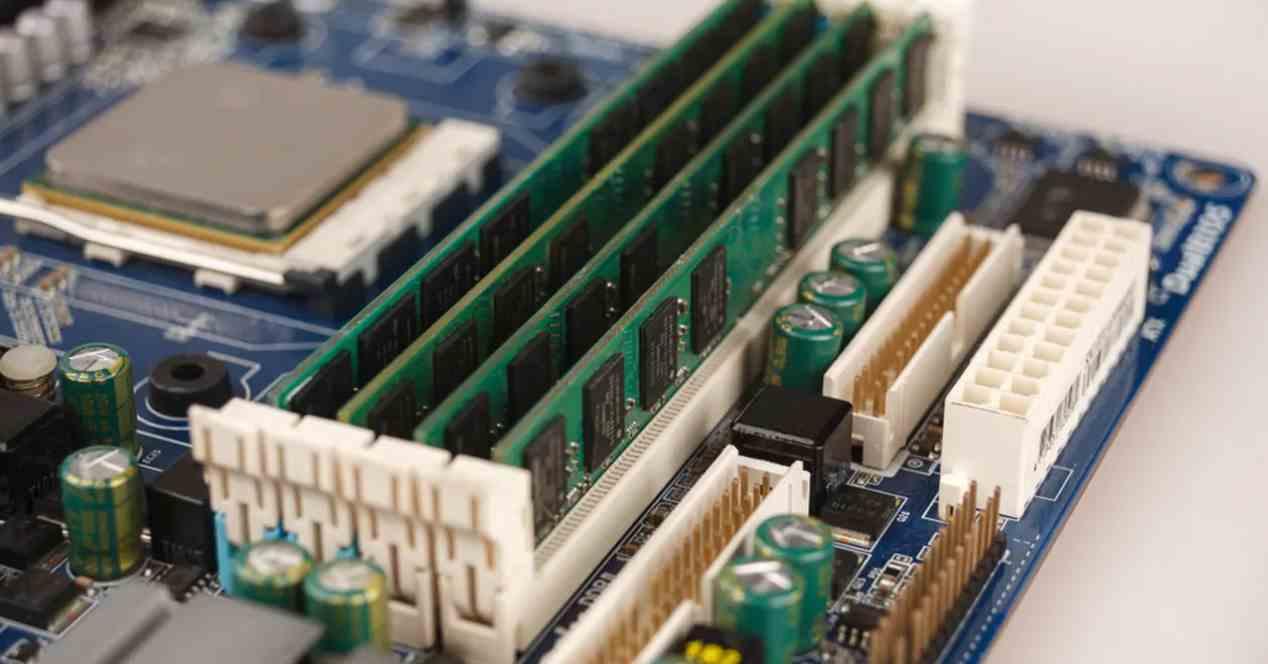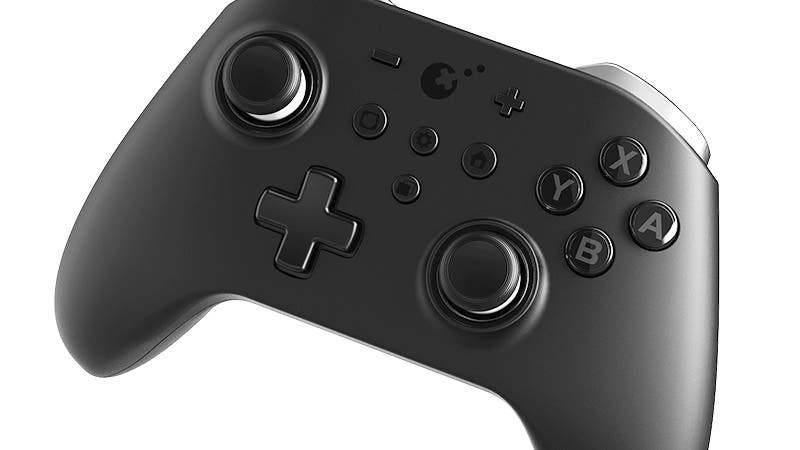If you’ve ever wondered if the amount of RAM memory in the PC influences performance, then you are looking at the right article. And it is that we are going to explain to you in a simple and accessible way how having more or less memory installed in the PC gives more or less performance. As well as the cases in which it happens and the reason why it happens.
Unless our system uses soldered memory, as is the case with LPDDR, all computers have expansion modulesDIMM or SO-DIMM, which allow us to place a larger amount of RAM. And in some cases, even enable dual memory channel, doubling bandwidth and reducing contention. However, for the new and inexperienced user, the value you will see most in the specs is the amount of RAM.
And it’s normal for it to be a subject that takes turns. Since a larger amount increases the final cost and depending on the usage and according to popular theory, more RAM than the account does not bring considerable benefits. However, this is partially false and depends on the type of use that we are going to give to the computer
Does the amount of RAM affect performance?
First, we need to understand a very basic concept regard ing CPU access to memory. And it is that the so-called cache hierarchy only stores a partial copy of the files. The one that the different cores are currently looking at to execute their instructions. We don’t have all program data inside. What does it mean? As processors execute instructions in order and sequentially, if one is pointing to another part of memory and it has no cached copy, then there is a performance hit.
Have you ever wondered what happens if a file doesn’t fit in RAM? Well, the same as if it doesn’t fit in the cache. Only the part you are working on is stored and the rest is left at a lower level. Of course, on a PC today we can have several applications at the same time, each of which generates many processes, apart from those of the operating system.
The normal thing when there are many active applications is that the operating system counts the most used ones. It therefore leaves those which are not used in the background and if necessary makes a copy of its state in RAM in storage. This is why some applications often take time to resume their action and it seems to us that they have hung. The reason? The time required to copy the information back to RAM from the medium is much slower in access.
A quick little test
In order to test the performance against the amount of RAM, we need to force the situation to have a theoretical scenario. So the best way is to force the system with a very large image file. and youan image that occupies 25 GB? It is more memory than the RAM of many computers today. This will cause the processor to load image data in parts as it becomes necessary. To do this we will start with a small test using Adobe Photoshop.
- In a system with a single 8 GB RAM modulefile open time takes 4 minutes. Keep in mind that the system will only load part of the image, so any movement on it beyond what is visible on the screen means slowing down or stopping.
- Instead, if we use a configuration of 32 GB, we will find that the file already fits in memory. The opening time of the file? 1 minute and a half.
- Instead, if the configuration is two 32 GB modules and therefore 64 GB of RAM capacity. The advantage ends up having the use of the dual channel, leaving time to the 45 seconds.
The tests were carried out on a laptop with a processor AMD Ryzen 5 5625U with different memory configurations.










